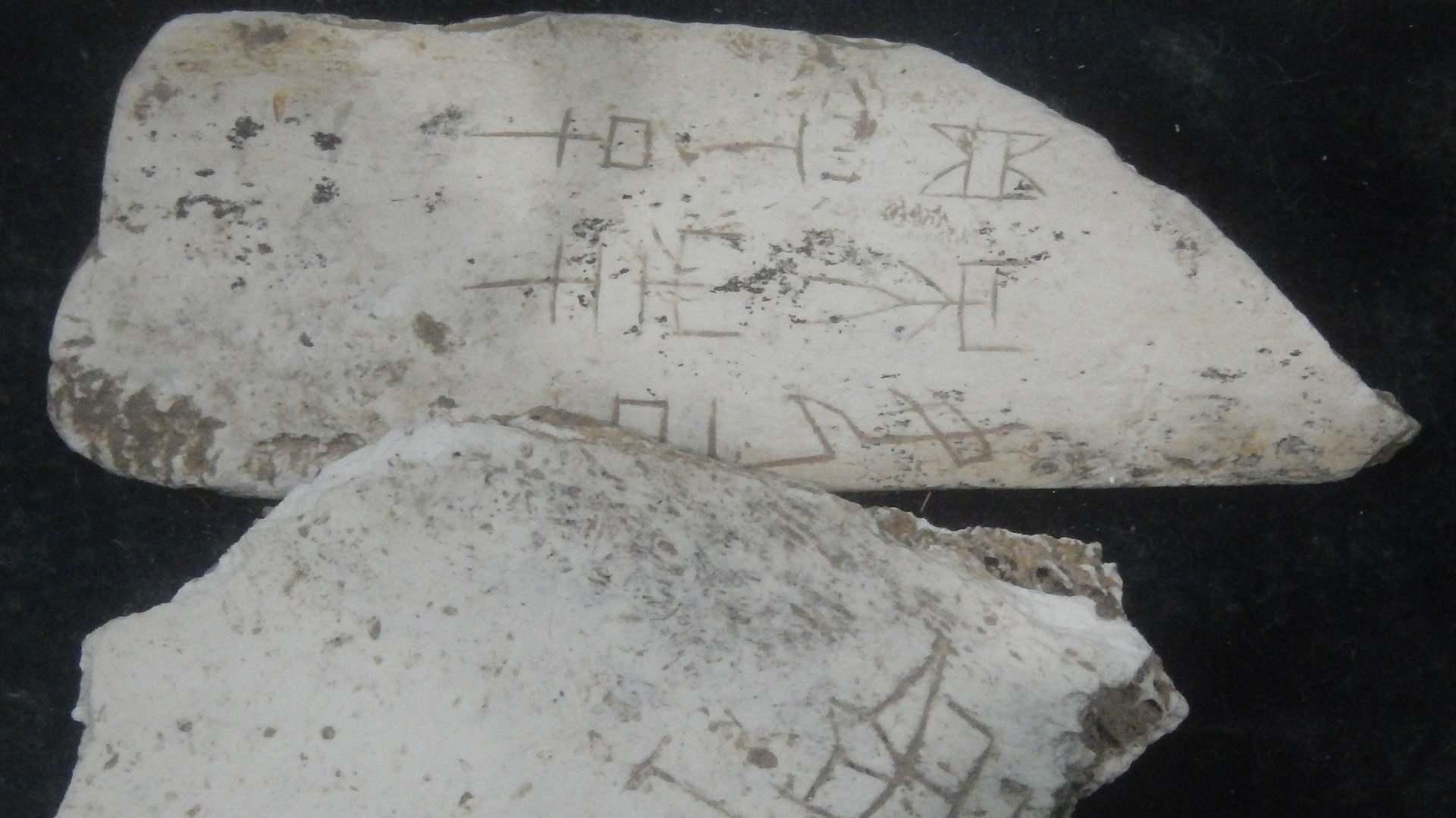Archaeologists have found proof that an ancient Chinese dynasty used foreign slaves
New archaeological techniques capable of analyzing the diet of our ancestors by studying the isotope composition of their bone mass are offering fresh insights into the dynamics of ancient societies. For example, a group of archeologists was able to read the ancient diet of girls from remains found in today’s China, and document a pattern of male preference that goes back 3000 years.


New archaeological techniques capable of analyzing the diet of our ancestors by studying the isotope composition of their bone mass are offering fresh insights into the dynamics of ancient societies. For example, a group of archeologists was able to read the ancient diet of girls from remains found in today’s China, and document a pattern of male preference that goes back 3000 years.
Now, the same technique has been used to understand more about the identities of the decapitated slaves entombed in Yinxu (paywall), the Shang dynasty’s (1600-1046 BC) capital, used as human sacrifice for ritual purposes, and believed from earlier findings to be prisoners of war. The area is today known as Anyang, in China’s central Henan province. Ongoing excavations have unearthed more than 13,000 bodies of human sacrifices, killed over a period of 200 years by the Shang kings and high priests. However, the most commonly used analytical tools employed to extract details about diet, status and geographical provenance could not be carried out, as these are normally performed on the teeth, absent in this case as the remains had been decapitated.
A team of researchers from Simon Fraser University, in Canada, headed by anthropological archaeologist Christina Cheung, has found details that appear to support that idea through isotope analysis. Cheung’s team argues that their analysis shows the sacrifice victims were not locals—bolstering the hypothesis that these men were prisoners of war from foreign states the Shang was battling in that period. The team also concludes that the bone changes would have required several years to take place, meaning that rather than being killed soon after capture, the prisoners may have been working as slaves for the local nobility prior to being killed in religious rituals.
Their findings, published in the Journal of Anthropological Archaeology, as “Diets, social roles and geographical origins of sacrificial victims at the royal cemetery at Yinxu, Shang China,” offer the much sought-after possibility of confirming part of what has been found written in ancient oracle bones used for divination purposes at the times.
“Although oracle bone inscriptions from the site of Yinxu mentioned that many of these victims were war captives, little archaeological evidence could support or confirm this assertion. Using stable carbon, nitrogen and sulfur isotope analysis, we reconstructed and compared the dietary practices of 68 sacrificial victims with those of 39 local residents from Yinxu,” says the paper.
Like the locals, the sacrifice victims had a diet high in millet, which was particularly evident in their smaller bones. Their large bones, however, revealed the previous presence of wheat and rice in their diets, proving that they had been eating like other Shang people for only a limited amount of time–i.e., the years through which they were kept in captivity prior to being sacrificed.
During the Shang era, human and animal sacrifices were common, but while animal remains are found in most burial grounds, only the royal cemetery contains hundreds of human sacrifices bones–all headless. The bone composition has led the scholars to conclude that the captives were kept for as long as necessary and constituted a kind of “stock” of sacrifices for whenever the need arose.
“Social stratification was present, but still at a nascent stage,” the paper says, “and authorities required powerful instruments of control to legitimate and sustain their power base.” Such massive and violent killings were sure to inspire awe and fear, as they were undoubtedly meant to, but they relied on the sacrifice of outsiders in order to maintain social stability.
Featured image by BabelFish on Wikimedia Commons, licensed under CC BY-SA 3.0